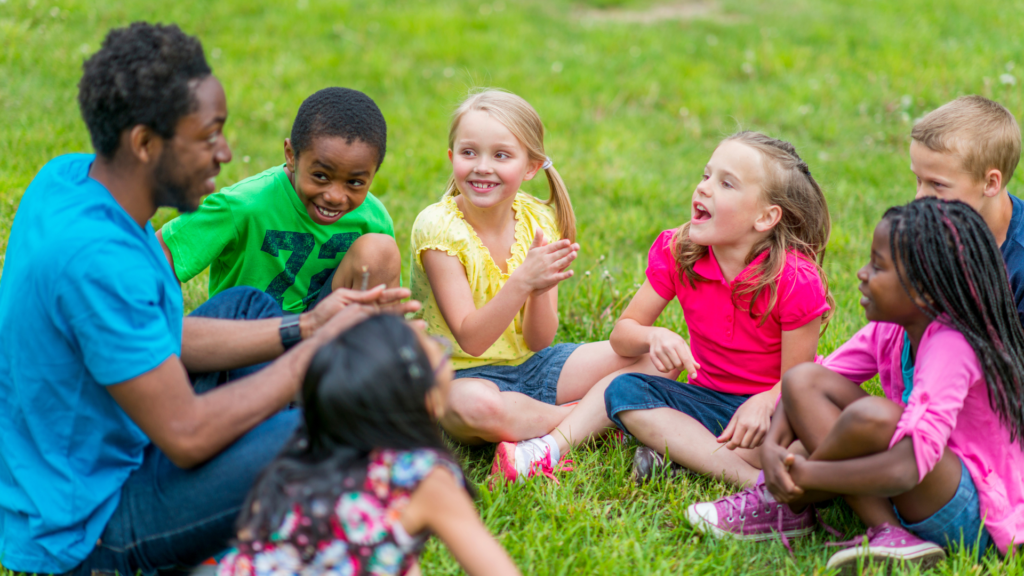
“If the ladder of educational opportunity rises high at the doors of some youth and scarcely rises at the doors of others, while at the same time formal education is made a prerequisite to occupational and social advance, then education may become the means, not of eliminating race and class distinctions, but of deepening and solidifying them.”
Karen Pittman recently shared this quote after hearing it in a discussion about the future of assessment and accountability. You might read this quote and assume the author was discussing the use of Elementary and Secondary Schools Emergency Relief (ESSER) funds or the establishment of new programming or strategies to ensure equity, but they are not. This quote is from President Truman’s 1947 Commission on Higher Education.
Our public education system – our system of “schooling” – is designed to get the outcomes it is getting, and we’ve known this for 75 years. Tinkering at the margins has continued to be the norm even as opportunity differences increase between schools and population groups. This has continued to lead to differences in not just graduation rates, but readiness overall. Students who can least afford college graduate from free public education only to learn that in order to be college ready, they are now required to pay for remedial course to achieve the needed prerequisites.
It's time for large scale reimagining of what we as a nation, as states, and as local communities want and expect for publicly funded learning opportunities to look like in our current and modern society, so we don’t continue to perpetuate the same ineffective allocation of opportunities for another 75 years
It’s time for large scale reimagining of what we as a nation, as states, and as local communities want and expect for publicly funded learning opportunities to look like in our current and modern society, so we don’t continue to perpetuate the same ineffective allocation of opportunities for another 75 years. The disruptions of the pandemic, coupled with the unprecedented influx of federal funds, gives communities (not just school teams but communities including all of the teams that help support young people across all the places where learning happens) a unique opportunity to rethink what school and learning can look like. We are seeing examples of calls for this reimagining coming from a range of organizations. From Education Reimagined’s Big Idea and Bellwether’s Beta calling for full scale reimagining to the National Partnership for Student Success and the Engage Every Student Initiative calling for greater engagement of partners.
Yet, to get to a more equitable, community- and student-centered future and move any of these opportunities forward, we cannot ignore (and must fully overcome) a core set of challenges. I offer three actions to help school and district teams, community-based organizations, those in the youth fields workforce, and youth leaders themselves leverage and keep alive and active this moment of opportunity as a full community.

1.
Fully reflect on lessons parents and non-profit providers learned from the pandemic and determine how you can continue or build upon what worked.
We learned critical lessons during the pandemic about what families, young people, and even school staff want and need from public education. Parents became more involved and more connected as they had greater line of sight. Out-of-school time organizations showed the role they could play in helping support basic needs (taking some of the burden off of schools), and also places and spaces where deep learning could occur in partnership with teachers. When the basic services of schools shut down, parents and community-based organizations began to offer supports that for many were more engaging and more satisfying for young people and their families. We saw exceptional power when complementary skill sets of youth workers and teachers were coupled – for example, delivery of online curriculum from teachers coupled with health and wellness, leadership, and arts programming from out of school time programming – and when parents became not just stakeholders, but leaders in learning and development collaborations. Some families and organizations were so compelled by what occurred they have continued or even grown what started as pandemic pods. Bellwether’s Beta takes the closes look I’ve seen to date at how we continue to engage parents in our reimagining.
Yet, for most families the pull of the reliability, consistency, and established credit systems of school provided too strong of a draw. Most students returned to the classrooms and schools once an in-person option became available to them again- not necessarily because it was what they felt was best for learning, but because the current infrastructure of transportation, meals, and services returned to being provided via the school day, and because schools are still the only place in most communities where learning opportunities provide opportunity to earn credentials.
In turn, most schools in most communities and schools have returned more or less to their pre-pandemic way of doing business – back to a normal that wasn’t working for too many kids. Yes, we might be more aware of students’ mental health needs or prioritizing relationships. Yes, we might be engaging parents more. But did we really capture the learning on what needs to fundamentally shift in terms of how teaching and learning occur?
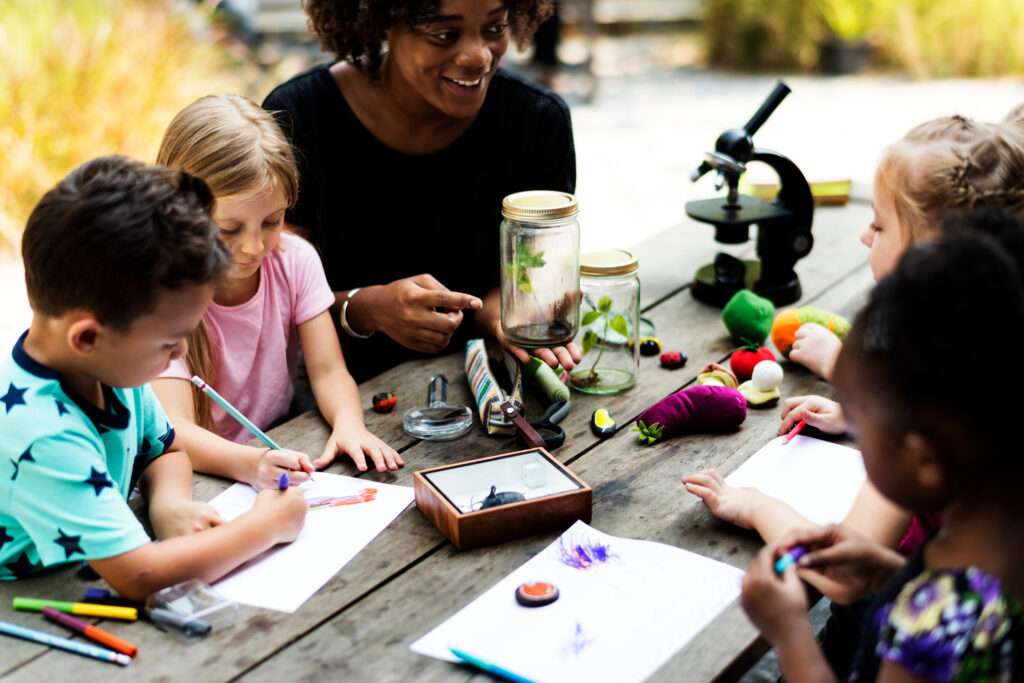
2.
Jump in on opportunities for public engagement around state and local use of public funds.
Speak up if plans (or their implementation this fall) are not leveraging the lessons learned about the importance of schools, community-based organizations, and families working together. When giving feedback encourage options for funds to go directly to nonprofits rather than funneling just through public institutions. American Rescue Plan funds, including the Elementary and Secondary Schools Emergency Relief funds, are a historic investment in learning and development. This investment has created more clarity on and commitment to learning outside of traditional school walls. It opens the door for continued partnership between schools and community-based organizations. The legislation includes a clear set aside for afterschool and summer learning. Some states and localities are encouraging partnership or directly funding community-based organizations.
Yet, there is a power dynamic between large public institutions (schools, school districts, city government, state government) and community-based organizations that we can’t ignore. While there is variation from community to community, we generally share a mental model of what is meant by school, school district, city government, or state government. These agencies and institutions are engrained in our society, and they have been prioritized in terms of not just funding, but priority for support, discussion, and attention. Out-of-school time programs, mentors, youth employment don’t yield that same shared mental model or the power that comes with it. While in some communities there are efforts for these groups to speak with a unified voice, they don’t automatically get invited into discussions about how we can best serve children and youth or why funding should come their way.
Even though the door for partnership and broader use of funds is wide open, ultimately states and localities must fully understand the value and benefit of using funds to think outside of the only box they may know. To date, there are only limited examples of public agencies allocating these funds beyond their own departments and programs.
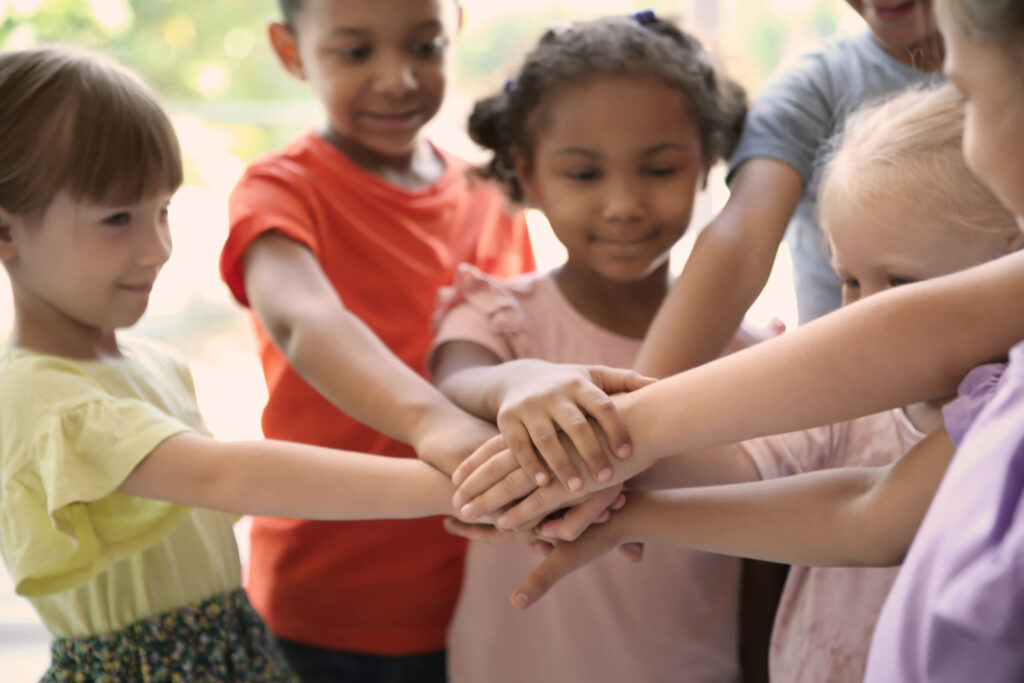
3.
Every time you are considering creating something new ask first, “Is anyone else in our community already doing this? How can we strengthen partnerships?”
Young people need and deserve new opportunities that are clearly targeted in ways that truly close rather than exacerbate gaps. There is truly a need for more afterschool and summer programs, tutors, mentors, and more.
Yet, we aren’t fully engaging all of the adults who can help us meet these needs and create opportunities that serve all young people’s needs. We tend to operate from an individualistic frame while we are increasingly serving young people from collectivist cultures. The “pull yourself up by your boot straps” model of thinking leads us to do things ourselves first rather than thinking about how we can do things together. This is true for individuals, and it is true for systems and organizations. Summer and afterschool programming? Sure, we the school district can do that! Tutor – sure, we’ll hire more paraprofessionals. But wait! There are experts for whom these functions are their core focus. (Remember, we saw them in action during the pandemic!) Whether out of a desire for control (“The only way to make sure it matches our way of teaching and learning is to do it ourselves”) or lack of knowledge (“I had no idea there were coordinating agencies for out-of-school time programs”) we see time and time again that leaders at all levels (from school to district) tend to err on the side of doing or creating things themselves rather than defaulting to a partnership mindset.
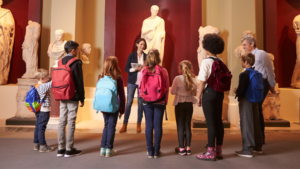
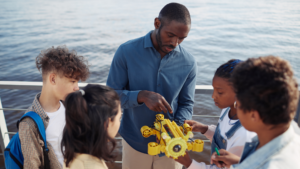

No comment yet, add your voice below!